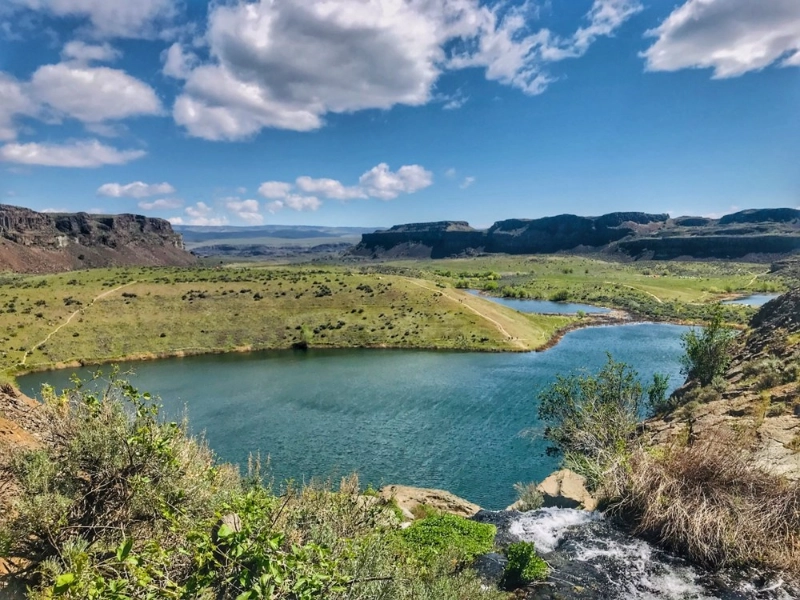Tucked in the Altiplano of Bolivia, the Salar de Uyuni is the biggest salt flat on Earth and produces an unearthly scene that enthralls tourists from all over the world.Covering more than 10,000 square kilometers, this amazing geological feature highlights how brilliantly nature can produce spectacular events throughout millions of years of geology.One of the most unusual locations on Earth, the Uyuni Salt Flats show a range of geological marvels from their immaculate white salt hexagons to their mirror-like surface during the wet season.
1. The Ancient Lake Legacy

Beginning more than 40,000 years ago, the development of the Uyuni Salt Flats offers a remarkable narrative of ancient alteration.Once spanning most of Southwest Bolivia, this large salt desert was once a portion of a huge prehistoric lake called Lake Minchin.The old lake left behind a massive salt crust loaded with minerals as it gradually dried out.Multiple mineral-rich lakes were produced by the evaporation process; the main leftovers are Lake Poopó and the Salar de UyuniThe estimated 10 billion tons of salt in the salt flat have a crust ranging in thickness from few meters to tens of meters.With the salt crystallizing into precisely formed hexagonal patterns extending to the horizon, this geological process has produced a scene almost synthetic in geometric accuracy.
